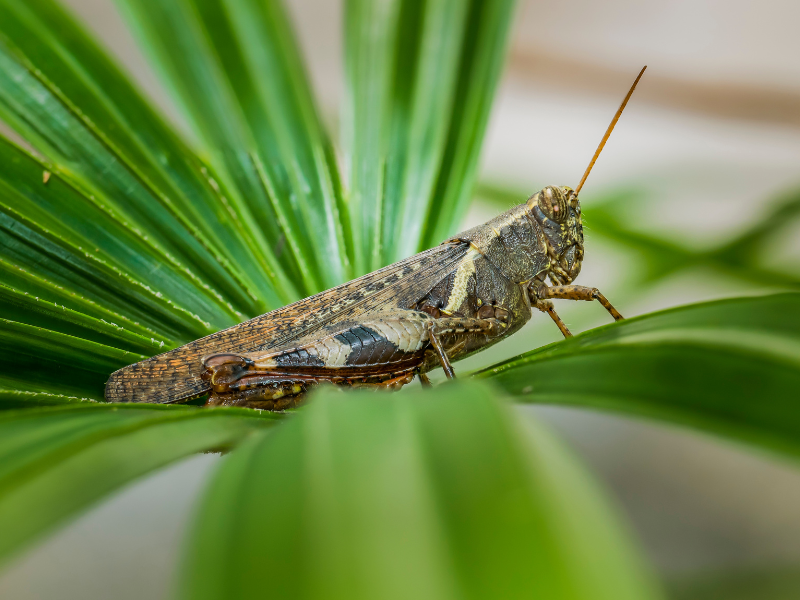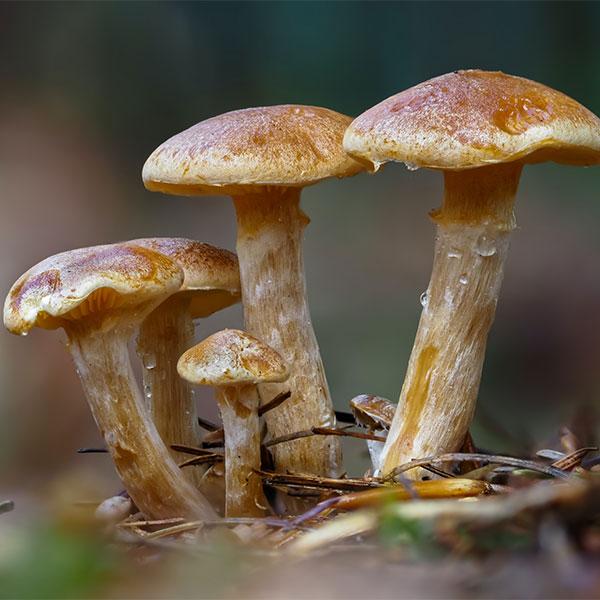Learn how to identify, prepare, and safely eat bugs in a wilderness survival scenario.
Why Eat Bugs?
Imagine you’re lost in the wilderness without tools for hunting or fishing. You might need to consider eating insects. Bugs are an excellent source of protein, low in carbohydrates and fats. According to one study, an ounce of crickets contains more protein than an ounce of beef!

However, not all bugs are safe to eat. Below, we’ve outlined tips to help you identify edible insects and avoid harmful ones in a survival situation.
Bugs to Avoid
Here are some general guidelines to avoid dangerous bugs:
- Brightly Colored Insects: These often signal toxicity. Avoid them.
- Pungent Smell: If a bug smells bad, it’s likely unsafe to eat.
- Carriers of Disease: Avoid flies, ticks, and mosquitoes.
- Hairy or Fuzzy Bugs: These may be harmful.
- Stinging Insects: Bugs like bees and wasps should generally be avoided.
Edible Insect Categories
Here are the main insect orders that are safe to eat:
- Anoplura: Includes lice.
- Orthoptera: Grasshoppers, locusts, crickets, and cockroaches.
- Hemiptera & Homoptera: Tree bugs like cicadas, aphids, and shield bugs.
- Hymenoptera: Wasps, bees, and ants.
- Diptera: Flies, gnats, and midges.
- Coleoptera: Beetles and ladybugs.
- Lepidoptera: Butterflies and moths.
- Megaloptera: Alderflies and dobsonflies.
- Odonata & Ephemeroptera: Dragonflies, damselflies, and mayflies.
- Trichoptera: Caddisflies.
- Plecoptera: Stoneflies.
- Neuroptera: Lacewings and antlions.
- Isoptera: Termites.
Cooking Bugs
Cooking insects is key to safety and taste. Boiling neutralizes toxins and venoms, while also killing parasites that might inhabit bugs with hard shells, like beetles.
To improve flavor, you can remove wings, legs, and heads before cooking. For example, boiling ants removes their bitterness. Cooked insects not only taste better but are safer to consume.














